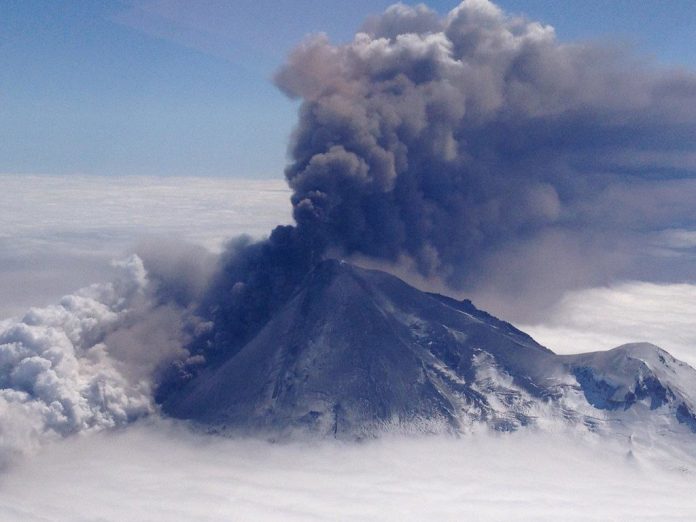
By Jim Brace-Thompson
In the first half of 2021, I reported on one volcanic eruption after another. Well, it looks like I’ll be continuing to report on volcanoes so long as I’m writing these articles. For instance, here are two recent reports that appeared in the scientific literature…
Being able to predict when a volcano might blow its top is of major import for public safety when volcanoes are near populated areas. When it comes to the difficult science of predicting a volcanic eruption, earth scientists might measure substantial increase in earthquakes and other seismic activity and/or they might use measurements of deformation and bulging in the earth around a volcanic cone.
Writing in the journal Nature Geoscience, a team led by Társilo Girona (University of Alaska Fairbanks) has identified a new way to predict and warn of a potential volcanic eruption, giving earth scientists and public safety officials a new arrow in their quiver. Namely, they have cued into “large-scale thermal unrest,” or subtle but long-term increases in surface heat that can now be detected via Earth-monitoring satellites.
In other news, Mount Nyiragongo in the Democratic Republic of the Congo continues to wreak havoc after an initial eruption that killed more than 30 people. Although its major eruptive events and fast-moving lava flows have stopped, some 400,000 evacuees remain forbidden to return home as small earthquakes continue and dangers remain from toxic gases. Mount Nyiragongo is a classic and poignant example of the need to develop ever-better ways to monitor and predict volcanic eruptions.
Author: Jim Brace-Thompson
 Jim began and oversees the AFMS Badge Program for kids and has been inducted into the National Rockhound & Lapidary Hall of Fame within their Education Category.
Jim began and oversees the AFMS Badge Program for kids and has been inducted into the National Rockhound & Lapidary Hall of Fame within their Education Category.
Contact him at jbraceth@roadrunner.com.
If you enjoyed what you’ve read here we invite you to consider signing up for the FREE Rock & Gem weekly newsletter. Learn more>>>
In addition, we invite you to consider subscribing to Rock & Gem magazine. The cost for a one-year U.S. subscription (12 issues) is $29.95. Learn more >>>
















